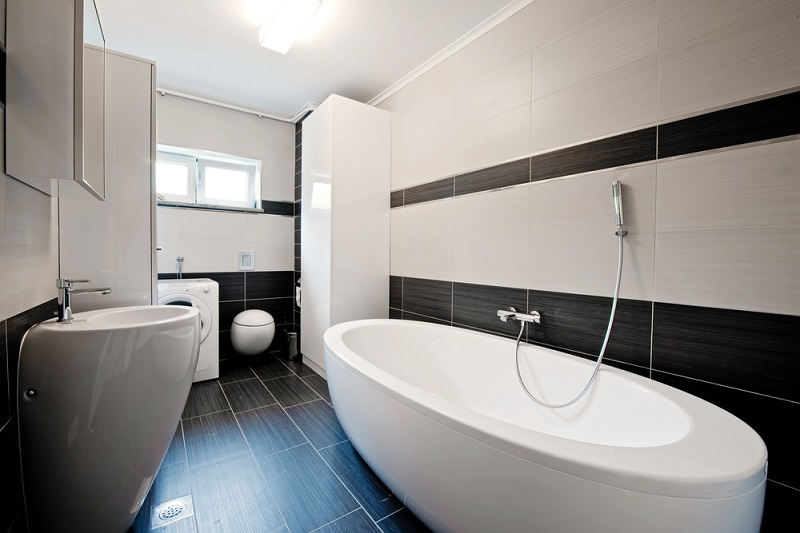Contemplating an upgrade for your beloved chariot while keeping its glossy exterior intact? Ever pondered how your neighbour’s classic sedan retains its radiant finish without a hint of dulling or scratching? The most probable answer to these questions is quite simple: paint protection film (PPF). There’s more to this shield than meets the eye, though. Thus, before heading out to the nearest automotive store, let’s delve into the nitty-gritty of paint protection film, and demystify the key factors you need to consider when deciding which PPF best suits your vehicle. This guide aims to provide you with comprehensive, visually appealing, and user-friendly information to make the PPF selection process a breeze.
The Purpose of Paint Protection Film
Adding a layer of paint protection film to your car is like applying a sunscreen lotion on your skin. It shields your vehicle from potential harm such as scratches, sun damage, and staining. But why is it pivotal? Well, aside from preserving the car’s appearance, a quality PPF can extend the life of your car’s paint. It acts as a barrier and takes the brunt of the daily wear and tear, maintaining your car’s glossy appearance and enhancing resale value. Thus, considering PPF is an essential investment for car lovers who value aesthetics and longevity in equal measure.
Car ceramic coating & paint protection Film
Car ceramic coating and paint protection film (PPF) both protect your vehicle, but in different ways. Ceramic coating enhances shine and repels water, dirt, and UV rays, offering minor scratch resistance. PPF, a thicker, clear film, provides stronger protection against physical damage like rock chips and scratches. Ceramic coating boosts aesthetics and ease of cleaning, while PPF is ideal for high-impact areas. Together, they offer complementary benefits for maintaining your car’s look and durability.
Key Factors in Choosing the Right PPF
Choosing the right PPF can seem daunting with a myriad of brands and varieties available in the market. The key is to recognise your needs and align them with the PPF’s features. Opt for a high-quality PPF offering superior scratch resistance, clarity, and durability. The thickness of the PPF also matters – a thicker film provides better protection but may compromise on visual appeal. Also, consider the PPF’s self-healing features; that is, its ability to mend minor scratches when exposed to heat.

Professional vs DIY installation
Not every install requires a professional touch. However, if you want a seamless finish and a hardy installation, it’s best to hire an expert. They have the skills and specific tools to ensure perfect application, avoiding bubbles, peeling, or discoloration. In contrast, a DIY project might save you some money, but it might also result in a lesser-quality finish and potentially damage the paint if incorrectly applied.
When should you apply PPF to your car
Timing plays a crucial role in applying PPF. Ideally, the film should be applied to a brand-new car to provide maximum protection from the get-go. However, if your car is a few years old, a professional detailing job will prepare it for PPF application. Regardless of the car’s age, it’s crucial that the paint surface is clean and free of imperfections prior to PPF application.
The Life Span of the PPF
A primary concern of many motorists is the lifespan of a PPF. A quality PPF, appropriately installed and maintained, can last between 5 to 10 years. However, environmental factors such as exposure to extreme weather conditions or heavy road debris might necessitate earlier change.
Conclusion
Understanding the art of choosing paint protection film for your car is empowering for all vehicle owners. It helps shield your chariot from the ravages of time and environment, preserving its radiant finish and boosting its resale potential. Key factors to consider include the quality and features of the film, the timing of the application, whether to hire a professional installer or to DIY, and the lifespan of the PPF. Consider the pros and cons in terms of cost, quality, future maintenance, and aesthetic impact to make an informed decision. After all, your car is a significant investment, and it deserves the premium protection that a quality PPF can provide. Choosing the ideal PPF represents an intersection of your vehicle’s needs, your personal preferences, and practical factors—a reflection of your love and respect for well-nurtured design aesthetics. As with any protective measure, remember too that PPF is not a miracle cure, but with careful selection and conscientious care, it certainly helps in maintaining your car’s presence on the road.



